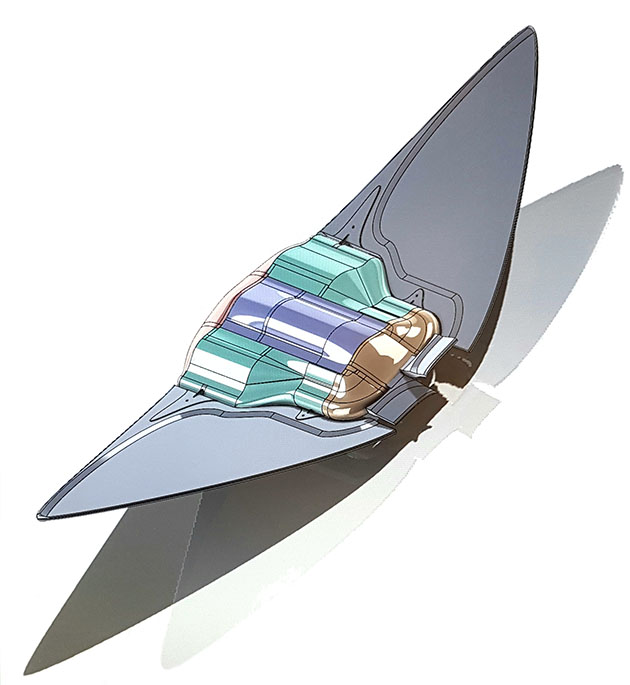These models were made to predict the changes to fish habitat that might result from developments in rivers. By small scale I mean rivers 2 m wide to 20 m wide over distances of less than a few kilometres. Usually we were employed to look at the changes to habitat resulting from putting hydropower systems by existing weirs in rivers. Weirs can be bad for fish and can represent major barriers for them. In the UK there are thousands of small weirs and each weir causes an abrupt change in water level – sometimes less than a metre and sometimes up to 10 metres. A change in water levels represents a chance to add a small hydropower scheme. Then the idea is to use the potential profit from the power generation to justify the construction of a fish pass around the old weir and thus provide multiple benefits in terms of energy and improved habitat. This represents a major change to the route taken by the water around the site of the weir and thus it is useful to model the impact on habitat of various fish with a view to improving it where possible but foremost to assess the impact as part of the development process.
So. These projects all more or less follow the same process:
- Gather data about the site from maps, aerial and satellite photos and other public sources such as LIDAR
- Make a GIS model of the site
- Visit the site to make a detailed survey of the bed composition and depths
- Generate a detailed bathymetry model of the site as it is and as it is planned to be
- Gather data regarding the flow of the river (already available usually as it is essential for the development of hydropower). This may include flow meters in the river.
- Make a water model of existing and planned site at a range of river flows, usually expressed s Q5, Q10, Qmean etc. These express flow as a proportion of time in which the flow in the river is historically is that high or higher, i.e. Q5 is high flow (only 5% of the time as high or higher).
- Analyse the water model results to see how the flows will change and how that will impact fish habitat
- Suggest improvements to the design or operation that would produce an optimal all round result.
Here follows a few examples from a project used purely as an example…

Here’s the outline of the site. The weir separates the main channel from the mill leat and so the water is encouraged to flow toward the mill pond and historically would have run the mill.

Here are some of the raw data from the site survey. These data are gathered by using a bathymetry boat which drives around the site recording depths. These data need to be cleaned up and calibrated against LIDAR and aerial survey data to make the grid of the water model.

Here’s the mesh of the water model. The weir is at top right. Flow is from right to left. This is the existing case.

Here’s an example of the river flow model in 3D showing how the water will flow out of the mill pond in one of the scenarios.

Here’s a 2D view of the velocities in the river under the baseline scenario. I have obscured the identifying parts of this picture so as to allow its use under the fair use provisions of copywrite. But feel free to contact me if you would like more details of this project.

Finally this figure shows some of the detail that is available from these water models at the scale of just a few metres. This is a view down the proposed turbine with the old weir on the left in this view and water flowing into the figure (toward the top). The flow is depicted as a surface of various colours and the grid as a mesh in 3D in this 3D view. There is a flow hot-spot at the exit to the turbine – as would be expected in the default case and, since the water is shallow here, there is a good chance of scour. This might release sediment into the river and impact habitat (spawning fish like clean gravel). So, interventions can be suggested here – perhaps some hard rocks to protect the bed, or some sculpture of the bed to provide the depth to slow the flow, or the encouragement of biotic protection (such as reeds or other macrophytes) just downstream to avoid sediment entrainment lasting in the river downstream.

